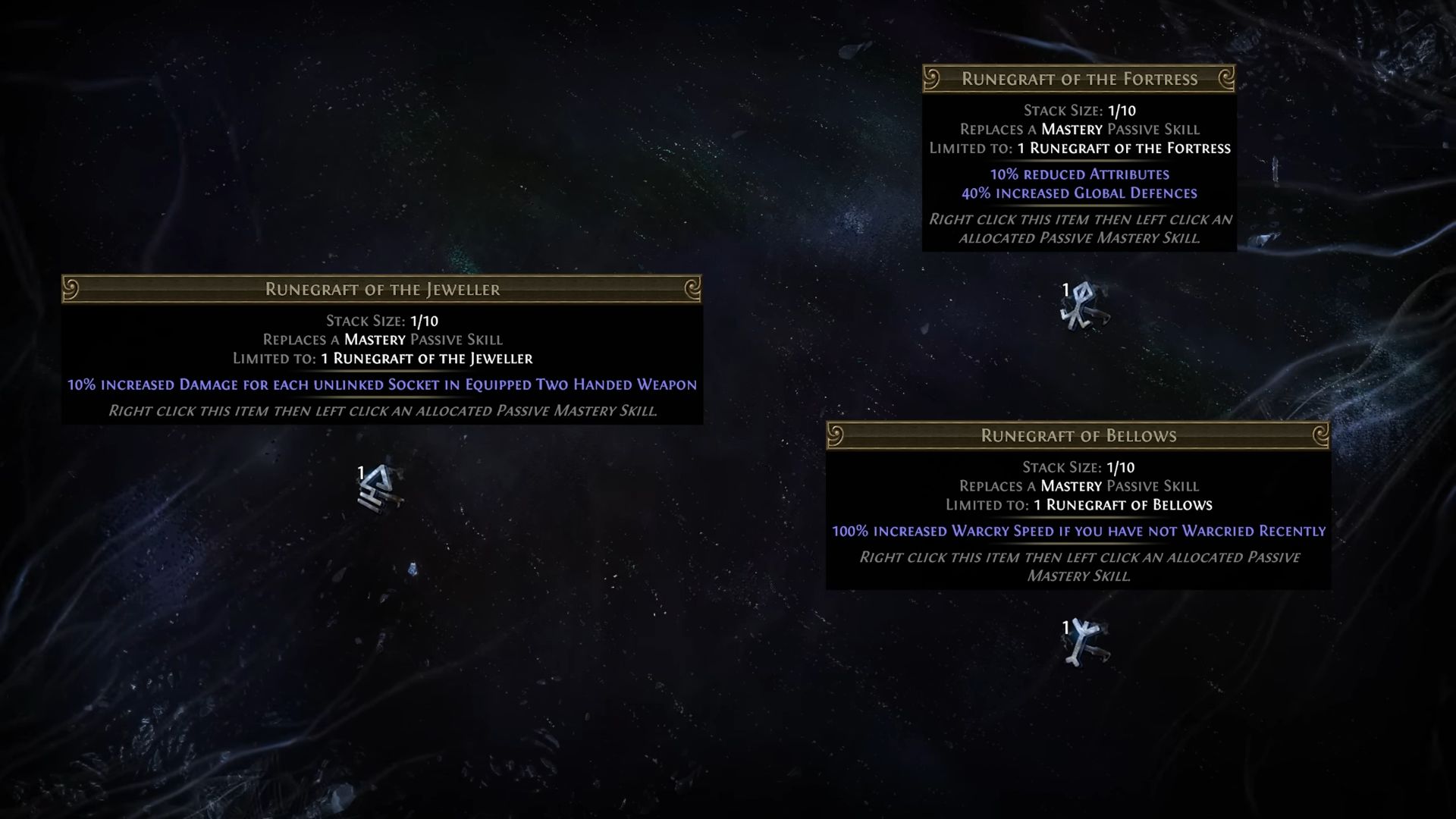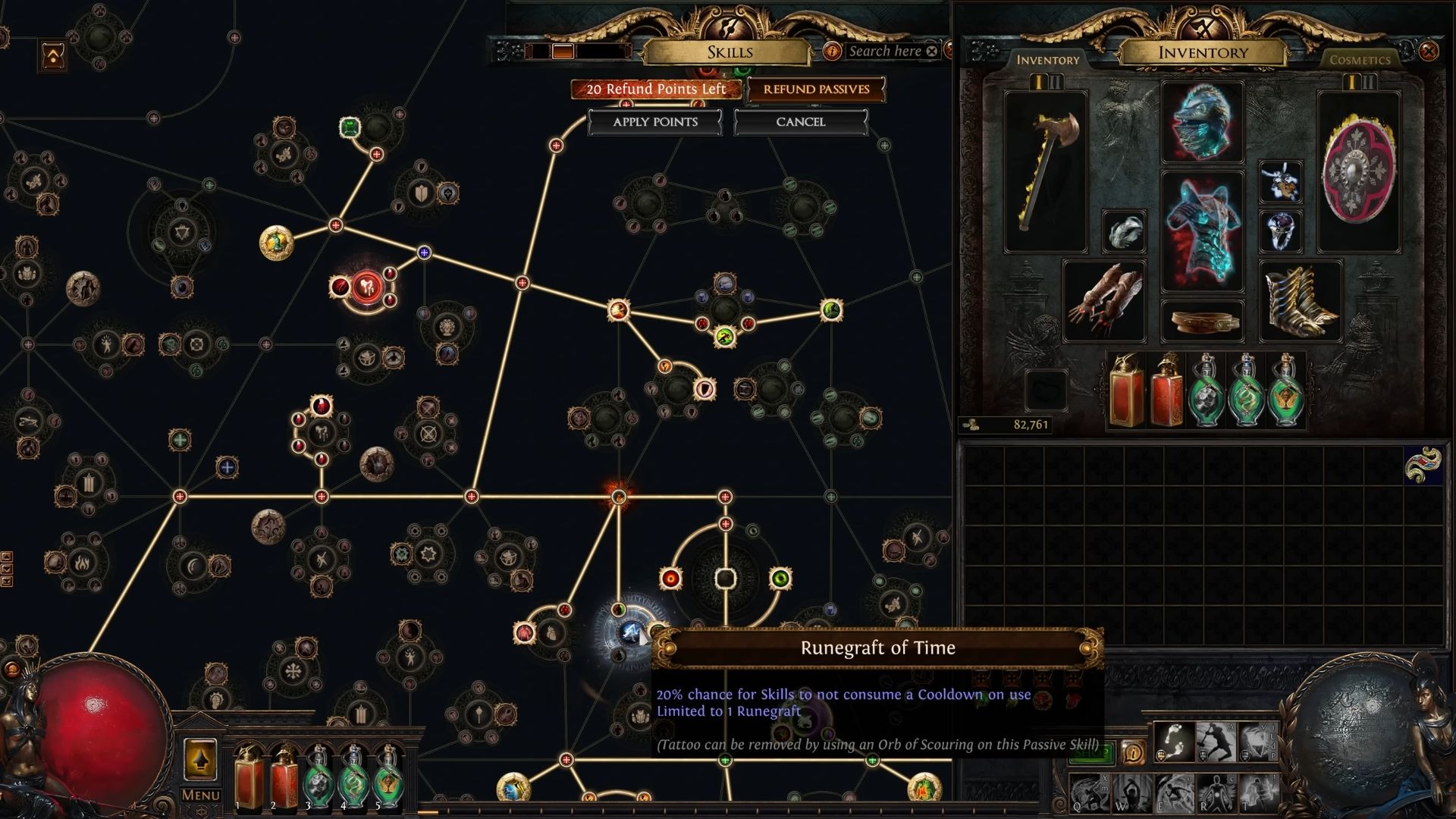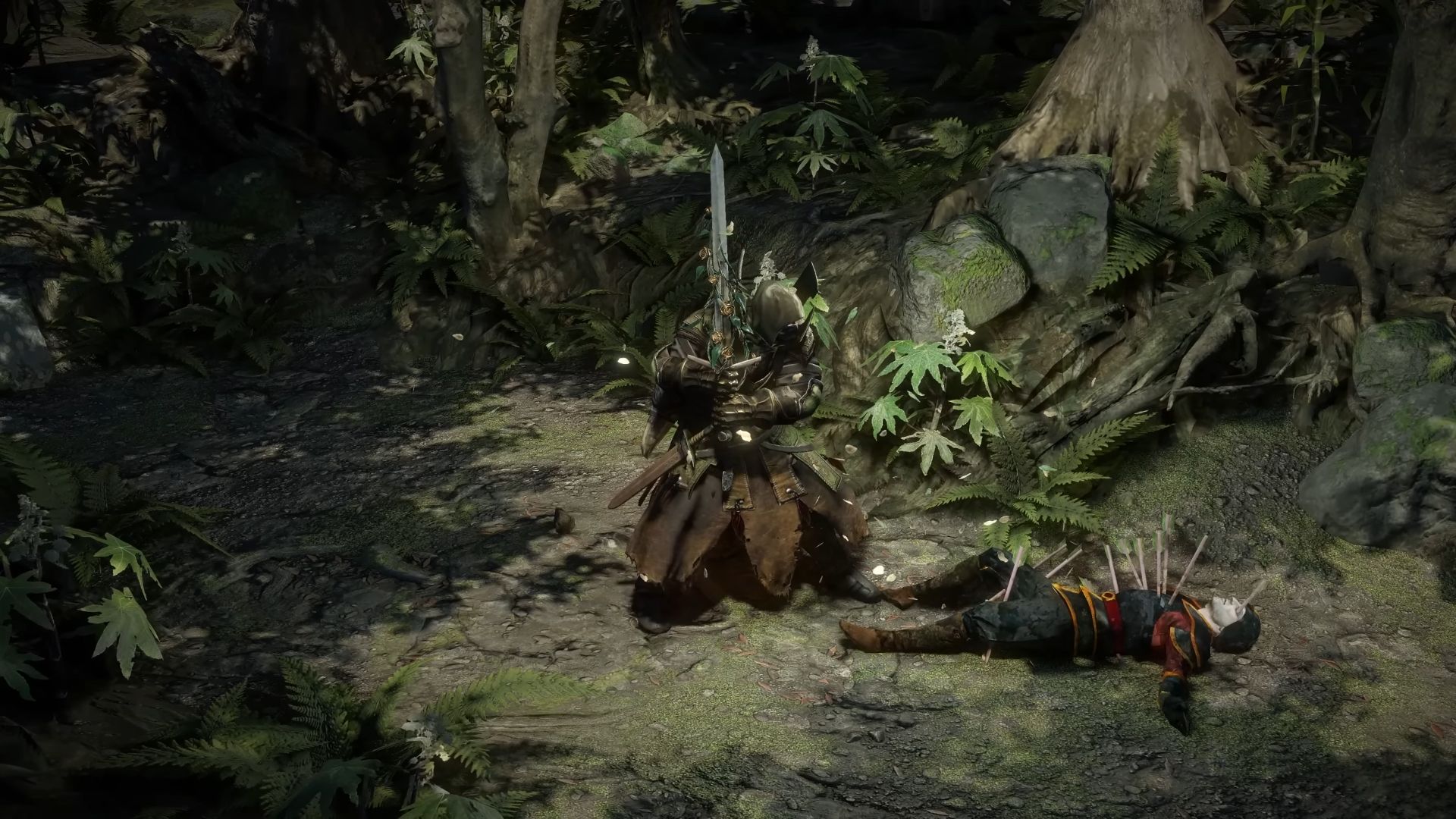Grinding Gear Games overhauled Path of Exile’s character customization through the Secret of Atlas update. Runegrafting replaces earlier systems, enabling players to modify mastery nodes on their passive skill tree for enhanced build flexibility. These powerful alterations provide unique stat adjustments and gameplay effects to optimize combat strategies.
For returning adventurers navigating this complex overhaul, understanding Runegraft mechanics proves essential for maximizing character potential in the action RPG’s endgame content.
Understanding Atlas Expansion’s Runecrafting System

Runegrafts now specifically alter mastery passives rather than basic attributes, offering impactful combat modifications. While common enhancements exist, certain rare grafts enable complete build transformations. Below are key examples revealed during expansion previews:
- Runegraft of Bellows: 100% warcry speed boost when not recently used
- Runegraft of the Jeweller: 10% damage per unlinked socket in two-handed weapons
- Runegraft of the Fortress: 40% global defense increase with 10% attribute reduction
- Runegraft of Time: 20% chance to bypass skill cooldowns
- Runegraft of the River: 20% chance for full health recovery at low life
- Runegraft of the Bound: 20% glove enhancement with matching boot penalty
Strategic graft selection proves crucial since duplicate enhancements remain prohibited. Players must carefully plan their skill tree modifications to optimize synergistic effects.
Acquiring Runegraft Modifications




The Settlers of Kalguur’s resource exchange system serves as the primary source for Runegrafts. Players ship mined ores and harvested crops to Kalguur Imports, receiving randomized modifications as compensation. This reward structure encourages repeated engagement with the expansion’s trade mechanics and optional player-driven exchanges.
While precise targeting remains impossible through direct acquisition, the community market enables crafters to trade unwanted modifications. Persistent participation in shipping operations combined with smart trading strategies helps assemble ideal passive tree configurations.

